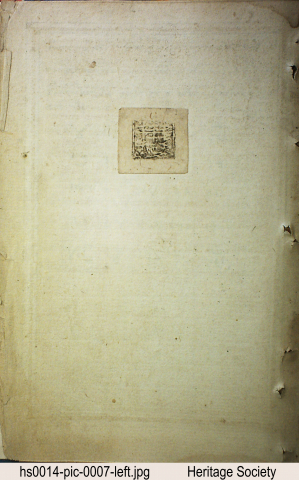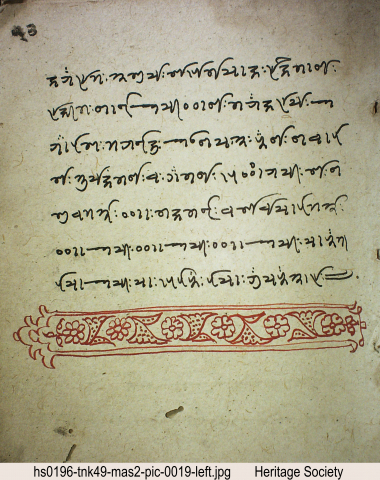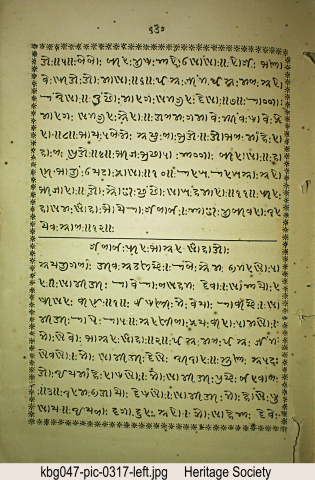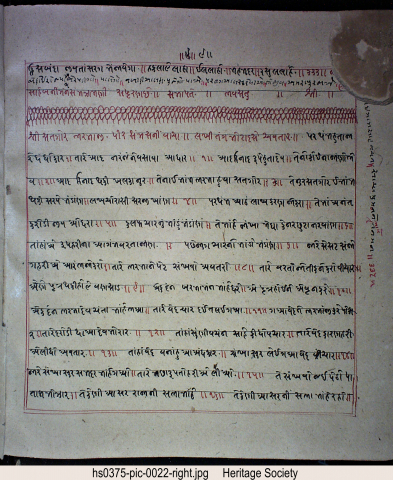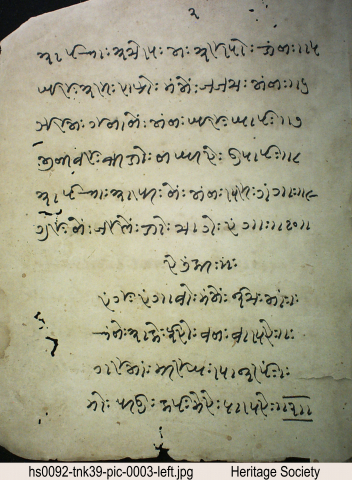What is special about the Ismaili manuscript collection in this library?
What are are some interesting findings in the collection?
What is the oldest manuscript in this collection?
What are Other Items of interest?
Can I see a full Printed catalog (including restricted items)of the Manuscript Catalogue on Library.ismaili.net?
These questions are answered in the "Preliminary Online Catalogue of Ismaili manuscripts available online in library.ismaili.net " Linked to this Blog.

